Functional Neurology
Functional neurology
A functional syndrome is defined by the presence of symptoms in the absence of a demonstrable anatomic problem, e.g. imaging and blood tests are clear or normal. In this instance, there is a problem with how the nervous system is working. Functional syndromes typically share a common identity of abnormalities in the HPA (stress) axis, function of the autonomic nervous system, and sensory processing, i.e. how we perceive the world around us and our ability to respond to it.
In addition, the brain is constantly changing as a consequence of our thoughts, experiences, physical activity and environment. Most people develop (and stress) one part of the brain more so than another. When the processing of neurological signals decreases to a critical level through stress or trauma, brain asymmetry develops leading to problems such as:
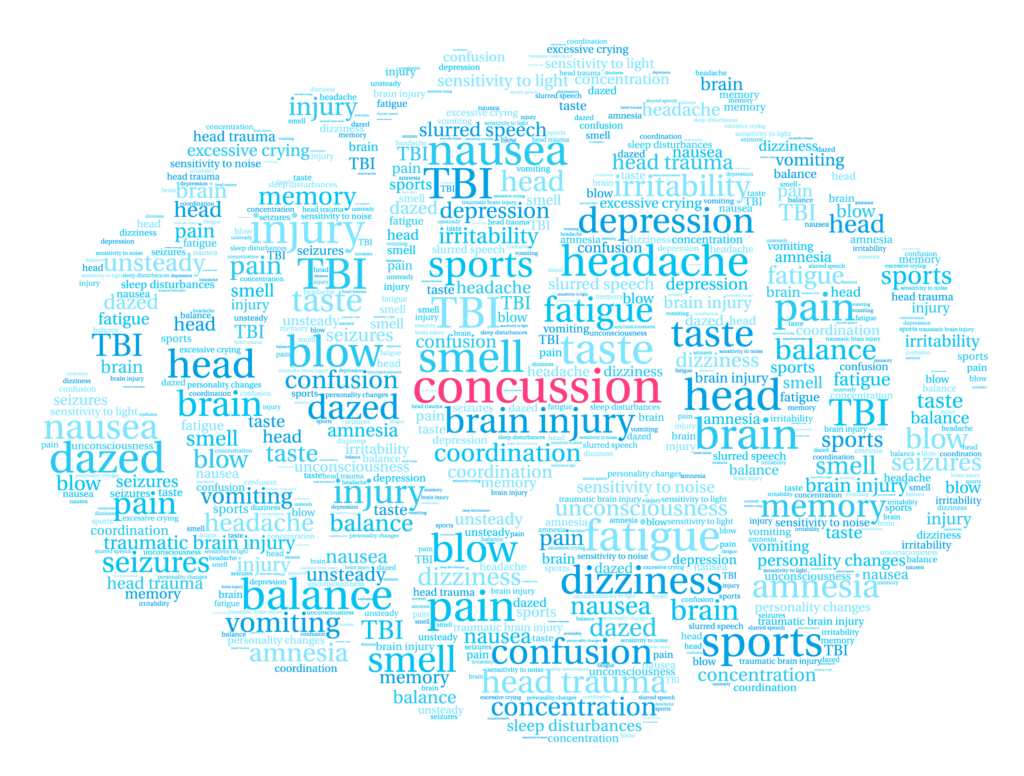 Post concussion syndrome
Post concussion syndrome- Vertigo or dizziness
- Balance problems
- Gastrointestinal problems
- Poor concentration or focus
- Depression or anxiety
- Emotional instability or burnout
- Bedwetting
- Migraines or headaches
- Chronic neck, back and limb pain
- Learning or attention problems
- Numbness or tingling
- Movement disorders or tremors
- High blood pressure
- Visual disturbances or eye fatigue
Chiropractic neurologists are specialists in evaluating the function of the brain and nervous system. Their treatment protocol is what separates chiropractic neurology from medical neurology. While medical neurologists utilise synthetic drugs to affect the nervous system, the chiropractic neurologist employs non-invasive physical modalities. These may include:
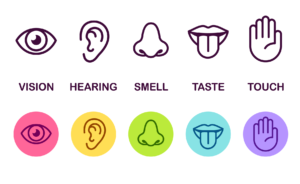 Specific joint corrections
Specific joint corrections- Cognitive exercises
- Visual or auditory stimulation
- Computer or biofeedback tools
- Balance or eye tracking exercises
- Supplemental support
- Home exercises
Hemisphericity or brain balance
The traditional concept of hemisphericity (now false) refers to the idea that people may rely on a preferred mode of cognitive processing, which is linked to activity in the left or right cerebral hemisphere. Modern concepts in functional neurology describe hemisphericity as differing firing rates between the left and right sides of the brain, as well as imbalance in the autonomic nervous system. With various kinds of stress placed upon the body and brain (some as simple as gravity), there will be a lower performing cerebral cortex and a higher performing cerebral cortex.
The left brain tends to be the accelerator of the body, whereas the right brain tends to be the brake system. If the brakes cannot be applied, the nervous system is like a runaway train. This may result in allergies, hypersensitivity, or emotional instability. A left brain hemisphericity would mean a decreased accelerator. Conditions whereby the body or brain is not stimulated enough may include depression, for example.
The cortex is also responsible for inhibiting our primal brain, the brainstem. The brainstem regulates the fight/flight response through the thoracic spine. If a stressed person is beginning to exhibit signs of hemisphericity, their fight/flight response will be elevated and will present as ulcers, reflux or irritable bowel syndrome for example. The cortex controls motor output to muscles, so hemisphericity can create pain syndromes on one side of the body over time, such as carpal tunnel syndrome, Golfer’s elbow or sciatica.
Correction of hemisphericity is achieved by the two hemispheres of the brain reaching temporal coherence, i.e. firing at a similar rate, in harmony with each other.
Thermographic pattern analysis
People free of neurological interference tend to display skin temperature readings which continually change, but when spinal misalignment and interference to normal neurological function appear, these changing differentials become static. They no longer display normal adaptability, and the patient is said to be “in pattern”, requiring an adjustment.
The new Tytron 2.0 software we use at Spinewave now allows us to accurately assess an individual’s pattern from visit to visit, or even immediately after an adjustment to see what effect it has had on the nervous system.
Patterns are like earthquakes erupting through the spine. The objective is to not only change the pattern (below) but also affect the symmetry of the pattern. Symmetry refers to the spikes on the graph. These spikes are temperature differences, and temperature is controlled by your nervous system. If irregular spikes repeatedly appear on the scans, it means the nervous system is not working properly.

Pattern analysis can be important in dictating how specific adjustments need to be delivered. Marrying modern day neuroscience and traditional upper cervical care means assessing dysfunctional output from the brain and devising strategies to create positive input to the nervous system to allow the body to work better.
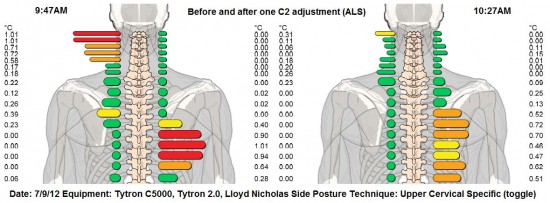
Heart rate variability
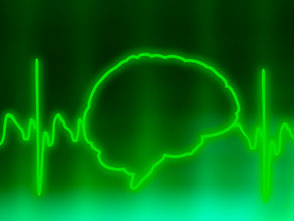 Stress and different emotional states affect the heart and brain. The health implications are easy to understand: Disharmony in the nervous system leads to inefficiency and increased stress on the heart and other organs, while harmonious rhythms are more efficient and less stressful to the body’s systems.
Stress and different emotional states affect the heart and brain. The health implications are easy to understand: Disharmony in the nervous system leads to inefficiency and increased stress on the heart and other organs, while harmonious rhythms are more efficient and less stressful to the body’s systems.
The heart’s nervous system contains around 40,000 neurons, which detect circulating hormones and chemicals, sensing heart rate and pressure information. Hormonal, chemical, rate and pressure information is translated into neurological impulses by the heart’s nervous system and sent to the brain via several pathways. These nerve pathways also transmit pain signals and other feelings to the brain. They enter the brain in an area called the medulla, located in the brainstem. These signals regulate many functions of the brain, heart, organs, glands and blood vessels. However, they also cascade up into the higher centres of the brain, influencing perception, decision making and important cognitive processes.
This quick and easy check tests to see how these pathways between your heart and brain are communicating with each other. We can see in real-time how distressed your nervous system is and how this may be impacting your health. It is also a useful gauge for how your chiropractic care is improving the performance of your body’s software.
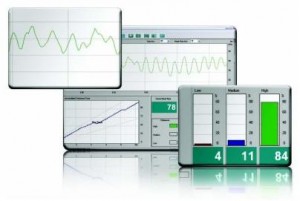 With the emWave technology one can see how thoughts and emotions affect the heart and nervous system, which in turn impacts cognitive performance, learning ability, mental clarity and overall health and wellness. One can objectively monitor heart rhythms and confirm when coherence or harmony has been achieved. It acts as a mirror of the emotional state and this real-time information enables a person to more effectively reduce stress and the impact of negative emotions.
With the emWave technology one can see how thoughts and emotions affect the heart and nervous system, which in turn impacts cognitive performance, learning ability, mental clarity and overall health and wellness. One can objectively monitor heart rhythms and confirm when coherence or harmony has been achieved. It acts as a mirror of the emotional state and this real-time information enables a person to more effectively reduce stress and the impact of negative emotions.
